How do you deal with Japanese Knotweed?
We have the Victorians to thank for introducing one of the world's worst invasive species into Britain – Japanese Knotweed. Native to Eastern Asia, the plant has an aggressive root system and growth that’s been known to damage concrete foundations, roads, retaining walls and even flood defences.
Figure 1: Image of Japanese Knotweed courtesy of Non-native Species Secretariat website
Japanese Knotweed is the most common of four invasive knotweed plant species in the UK – these are Japanese Knotweed, Dwarf Knotweed, Giant Knotweed and Bohemian (hybrid) Knotweed.
Japanese Knotweed can grow in most soil conditions found in the UK, particularly in man-made habitats – such as roadsides, waste ground, railway embankments and cuttings, and spoil tips that are made up of waste material from mining or quarrying. It is also commonly found by water courses, canals and on waste ground, usually in full sunshine.
Japanese Knotweed is distributed throughout the country, although it is generally not very abundant except in urban areas - particularly some cities in South Wales. The Botanical Society of Britain & Ireland has a free to access mapping tool showing the distribution of flora throughout the British Isles, which can be used to show the historic distribution of Japanese Knotweed.
Appearance
The Royal Horticultural Society states that in spring, reddish-purple fleshy shoots emerge from crimson-pink buds at ground level. These grow rapidly, producing in summer, dense stands of tall bamboo-like canes which typically grow in excess of 2m tall. These canes have characteristic purple flecks and produce branches from nodes along its length. Leaves are heart or shovel-shaped and up to 14cm in length and borne alternately (in a zig zag pattern) along the stems. The stems die back to ground level in winter, but the dry canes remain for several months or longer. The creamy-white flower tassels produced in late summer and early autumn reach up to 15cm.
Figure 2: Image of Japanese Knotweed courtesy of Non-native Species Secretariat website
How fast can Japanese Knotweed grow?
Japanese Knotweed can grow very fast – anywhere between 7.5cm to 20cm per day! Also, its root system can extend up to 3m deep and 7m out from the parent plant, growing through cracks and gaps in and around concrete finishes and floors. Worse, the plant can stay dormant for 20 years until you turn up for a job and ‘wake it up’ - Japanese knotweed thrives on disturbance!
How does Japanese Knotweed spread?
Japanese Knotweed spreads through direct rhizome (root) growth, or new plant growth from the parent plant’s stem and rhizome fragments – a new plant can grow from pieces of rhizome as small as 1cm.
How to manage Japanese Knotweed?
Managing Japanese Knotweed is the responsibility of the owner/occupier of a site who has a legal obligation not to allow it to spread. Care needs to be taken as Japanese Knotweed has a vigorous growth and is difficult to eradicate.
However, knowing what to do when you encounter it on-site will ensure your building work does not stall for long. There are various control methods available from companies specialising in Japanese Knotweed management on development sites and some offer insurance-backed guarantees for its eradication. Therefore, careful consideration should be given to products and methods that claim to quickly eradicate the plant, and the guidance for treatment of knotweed recommended on Gov.uk website should always be followed.
Treatment of Japanese Knotweed can include both chemical and non-chemical methods of control, along with methods of disposal both on-site and to licenced tips. The range of treatments detailed on the Gov.uk website are summarised below:
1. Spray with chemicals
Spraying or injecting the stems with chemicals can be an effective treatment to stop knotweeds spreading. You must only use approved herbicides. You’ll have to respray and it usually takes at least 3 years to treat Japanese Knotweed. Knotweed rhizome can remain dormant in the soil for many years and will regrow if disturbed or if the soil is relocated. Things to remember with this method:
- as with all chemicals, this method requires a Control of Substances Hazardous to Health assessment (COSHH)
- further permission will be required from Natural England if the area is protected and/or the Environment Agency if the plants are near water
2. Burn it
If you’re a business that wants to burn Japanese Knotweed, you must:
- tell the Environment Agency at least a week before you burn it
- tell Environmental Health at your local council
- get a burning waste in the open exemption (a D7 exemption)
- follow local byelaws and not cause a nuisance
If you’re an individual who wants to burn Japanese Knotweed, you only need to check with your local council that burning is allowed.
Knotweed crowns and rhizomes may survive burning, so you must follow the guidance for how to bury them or how to dispose of them off site.
3. Bury it
You must notify the Environment Agency at least one month before you bury the knotweed. You can dispose of the dead brown canes of Japanese knotweed by composting on site, as long as they’re cut (not pulled) a minimum of 10cm above the crown.
You must bury knotweed material:
- on the site it came from, including ash and soils containing potential knotweed propagules
- at a depth of at least 5m, if you have not sealed with geotextile membrane
- at a depth of at least 2m, if you have sealed with a geotextile membrane
You must make sure that any geotextile membranes used for burial are:
- undamaged
- large enough to minimise the need for seals
- sealed securely
- will remain intact for 50 years
- UV resistant
4. Disposal off site
If you cannot dispose of Japanese knotweed suitably on site, you must send it to a landfill site or incineration facility that has the correct type of permit. To find out where you can send it, contact the Environment Agency or your local waste disposal site. You must tell the Environment Agency that you have done this and where you have sent it. You must use a registered waste carrier and an authorised landfill site or suitable disposal site.
When transporting Japanese Knotweed, you must operate within the conditions in treatment and disposal of invasive non-native plants: RPS 178, and obtain an environmental permit to transport and dispose of controlled waste.
After you have transferred the Japanese knotweed waste at the disposal site, you must:
- brush vehicles down vigorously or jet-wash them to clear them of any Japanese Knotweed
- inspect your vehicles to check there are no trapped pieces of plant or rhizome
LABC Warranty and Japanese Knotweed
There is no insurance under the contamination cover of the LABC Warranty policy for Japanese Knotweed as it is not a notifiable contaminant. But some companies specialising in the weed’s management on development sites offer insurance-backed guarantees for its eradication.
Be careful about any products and methods that claim to quickly eradicate the weed. You don’t want your good work to be undone by someone else’s ‘quick fix’!
Summary
If Japanese Knotweed is left untreated or is incorrectly treated then the potential for regrowth can be considered to be extremely high. Japanese Knotweed can grow through and cause damage to paved and tarmac surfaces and also cause damage to drainage. It can grow through cracks and gaps in and around concrete finishes/floors both internally and externally of a property. In addition, Japanese Knotweed has also been found to grow within external wall cavities and within sub-floor voids.
If Japanese Knotweed is found on your site:
- cordon off the area where the Knotweed is situated immediately to prevent machinery/foot traffic from accidentally spreading the material across the site
- obtain a copy of the Japanese Knotweed Management plan (if present) and follow its instructions
- seek specialist advice from a competent person and ensure that the guidance on Gov.uk website is observed
- ensure that only competent contractors undertake treatment and disposal works
Please Note: Every care was taken to ensure the information was correct at the time of publication. Any written guidance provided does not replace the user’s professional judgement. It is the responsibility of the dutyholder or person carrying out the work to ensure compliance with relevant building regulations or applicable technical standards.
Sign up to the building bulletin newsletter
Over 48,000 construction professionals have already signed up for the LABC Building Bulletin.
Join them and receive useful tips, practical technical information and industry news by email once every 6 weeks.
Subscribe to the Building Bulletin
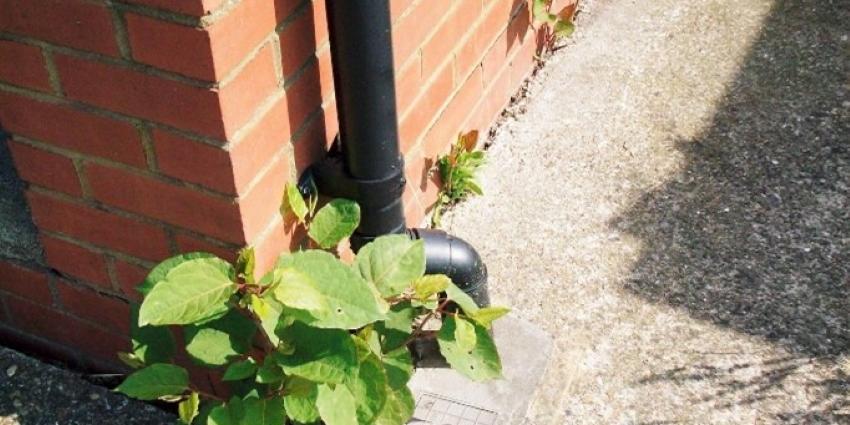
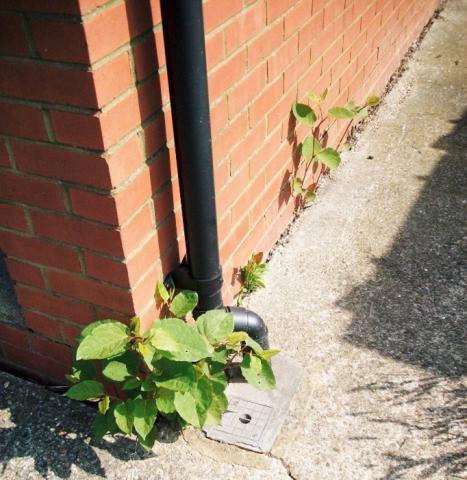

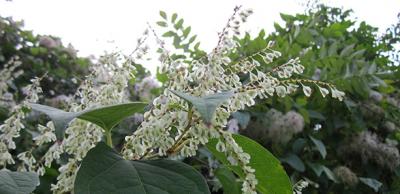
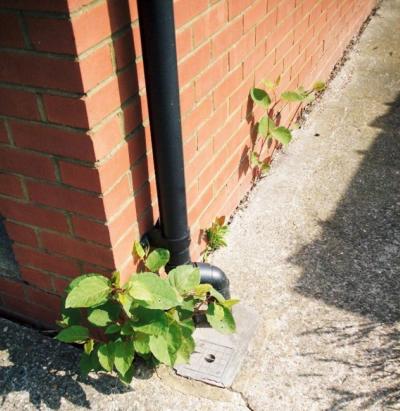
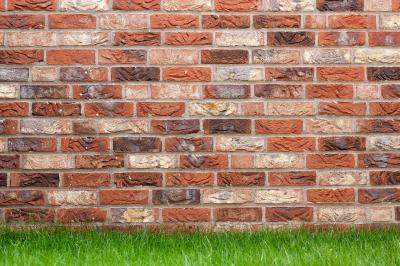
Comments
Invasive non-native plant species
Submitted 1 year 10 months ago
Add new comment